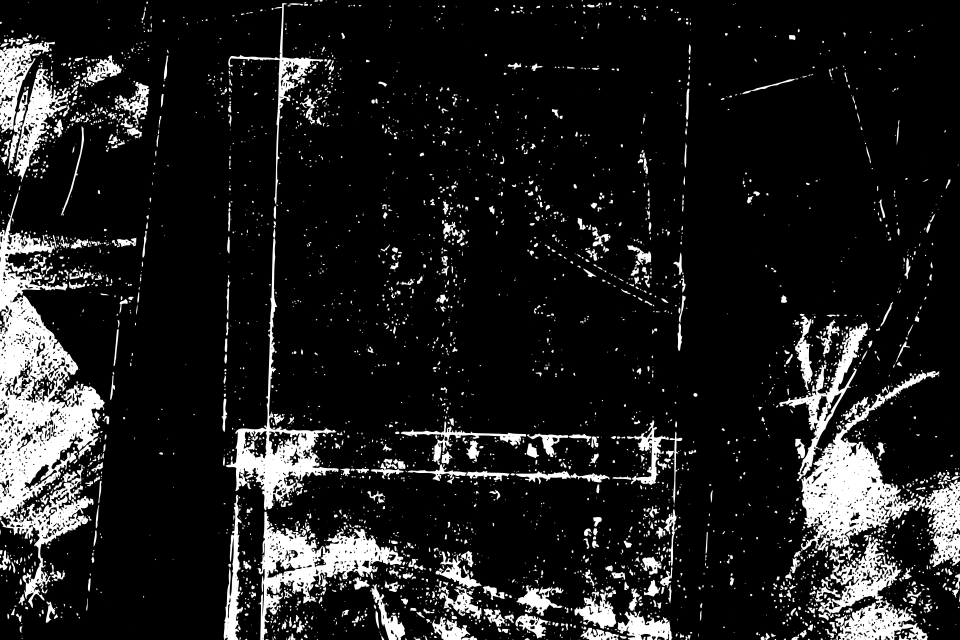I’m still trying to settle on a consistent notion of what I consider to be an optimally sized project. Given how I work, who I enjoy working with, how the teams are built, what past processes have been like, and why timelines have unfolded the way they do.
I’ve always been into the idea of “small is beautiful,” especially with design projects. Small projects seem to come with more freedom, more focus, and better outcomes. Excitement can be pretty high and the work itself super solid. But the project itself is shorter lived. Big projects can afford you more time to explore, more moving pieces to put together, and typically involve more people which often means the work has a higher probability of having bigger impact.
But big projects do come with negatives, aside from the possibility of the work output being lacking. They can take up too much time in the schedule causing you to miss out on other small projects that may be right up your alley. They can lead to more conflict on teams and the timelines can be more challenging to keep on track. But they do provide some stability. Small projects, as they come and go, can be more uncertain when it comes to knowing what you’ll be working on 1 or 2 months down the line.
I suppose it’s optimal to have a 1–2 big projects happening with a bunch of small projects to complete the mix of your work week. Too many big projects make for big headaches. Too many small projects can mean too much uncertainty. Best to strike that balance. As with most things, probably.





